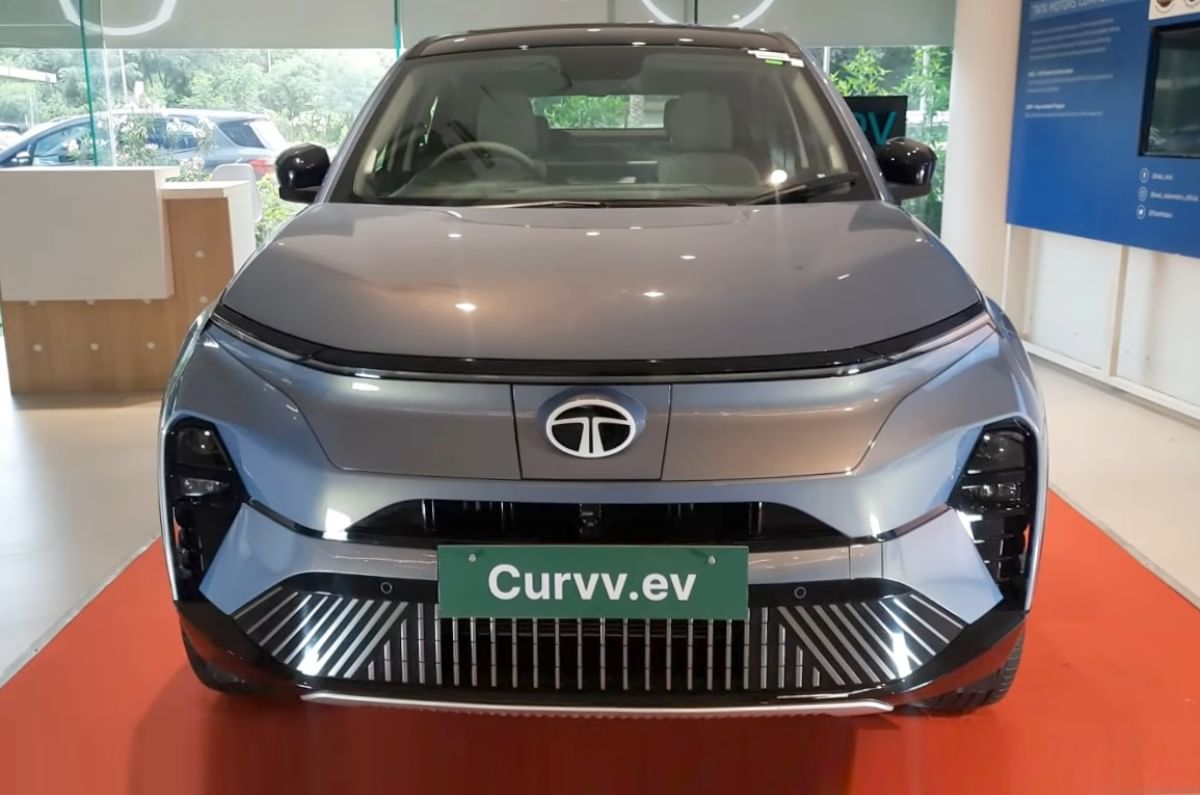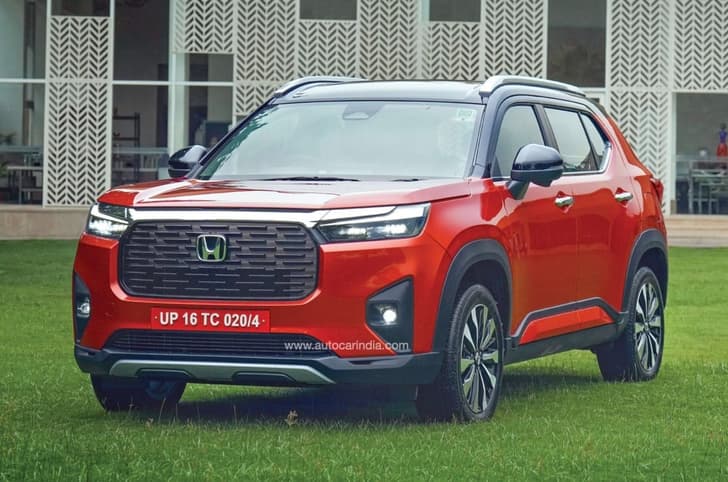This is the Ferrari F12 Berlinetta, the fastest and most powerful road car in the prancing horse’s illustrious history. Set for a world debut at next week’s Geneva motor show, the 730bhp 6.3-litre V12-powered 599 successor ushers in a new generation of V12 Ferraris that will include an all-new Enzo by the end of the year.
The F12 Berlinetta, a name that references classic Ferrari’s including the 250 GT Berlinetta, can crack 0-100kph in just 3.1sec and 0-200kph in just 8.5sec. Its total torque output is 509lb ft, 80 per cent of which is available from 2500rpm. The normally aspirated V12 revs all the way 8700rpm.
Ferrari also claims the new car has lapped its Fiarano test track in 1m23s, which makes it the fastest Ferrari road car ever to have lapped the circuit. Its maximum speed is claimed to be “over 340kph”.
The engine, which has a specific output of 116bhp/litre in the F12, is based on the same 6262cc 65 degree V12 found in the FF. But the F12 produces 80bhp and 5lb ft more than the FF, and its power and torque outputs also eclipse those of the 612bhp 6.0-litre V12 found in the 599.
While the power has increased dramatically in the F12 over the 599, fuel consumption and CO2 emissions have decreased at a similar rate.
Ferrari has extensively repackaged the rear-drive F12 over the 599 to cope with the extra performance. At 4618mm long, 1942mm wide and 1273mm high, the F12 is 47mm shorter, 20mm narrower and 63mm lower than the 599. The wheelbase is also shorter than the 599’s 2750mm, although Ferrari hasn’t mentioned an exact figure.
Most of the changes have occurred at the rear, where the transaxle F1-style dual-clutch gearbox and rear suspension are repackaged to reduce the volume at the rear. The engine, seats and dashboard are also lower, with the centre of gravity lower and further back than in the 599. The F12’s weight distribution is now an “ideal’ 46/54 front/rear, compared to 47/53 in the 599.
The F12 uses an all-new aluminium spaceframe chassis and bodyshell, which boasts 12 different kinds of alloys. The result, claims Ferrari, is a 20 per cent greater structural increase over the 599 and a dry weight of 1525kg, some 70kg less than the 599.
Ferrari is also highlighting the aerodynamic qualities of the Pininfarina and Ferrari Styling Centre-styled F12. The XX programme has been used to both increase the F12’s downforce over the 599 (which is 76 per cent greater) and cuts its drag coefficient to 0.299.
Several clever aerodynamic aids are used to achieve this. One is the new ‘Aero Bridge’, which channels air from the side bonnet air intakes, through the wheel arches, and then spits it out through the sculpted deep swage lines in the side doors. This significantly decreases drag and better controls turbulent airflow.
Another new aerodynamic aid is Active Brake Cooling, which only opens the brake cooling ducts when the carbon ceramic brakes are hot enough.
A whole host of electronic aids are offered as standard on the F12. It gets Ferrari’s E-Diff, ESP Premium, F1-Trac and high-performance ABS systems as standard, alongside the latest evolution Ferrari’s magnetorheological suspension system (SCM-E). Ferrari also claims to have reduced steering angles.
Ferrari has yet to release pictures of the two-seat cabin. It claims to have increased rear luggage capacity thanks to making the space behind the two seats accessible from the hinged glass tailgate. The Frau leather interior also gets a lightweight dashboard and lashings of carbonfibre and aluminium trim, with air vents inspired by the aeronautic field.
The F12 will also adopt the ‘Human Machine Interface’ interior control system of the 458 and FF, which places almost all major controls on the steering wheel.
Pricing of the F12 has yet to be revealed. Order books open at the Geneva show and right-hand drive examples are expected to commence in early 2013.

































